Mixing custom colors for scale airplanes can be a tricky job, and the difference between accurate and “pretty close” can be the difference between winning and not even placing at a scale contest. For those who are considering going the next step in scale accuracy, this article digs a little deeper into this “colorful” and often misunderstood part of scale modeling.
Custom colors
After collecting the proper aircraft color and markings documentation, the biggest challenge we modelers face is accurately reproducing the scale colors. Without the proper paint, our models can’t match the documentation of the full-size aircraft. Many newcomers are quite surprised to learn that there really are no catch-all formulas for mixing military or civilian colors. Sure, you can buy cans of paint that say “Cub Yellow” or “Olive Drab,” but more times than not, these pre-mixed colors still won’t exactly match the shades of yellow or olive we want. The reasons for this are many, ranging from the amount of pigment used to the color of the primer that’s under the final coat of paint. This is why if we want to be truly accurate in our color application, we have to be able to slightly alter the color, shade and hue of our paints.
Illustration by FX Models
Color spectrum
Going back to art-class basics, there are only three primary colors: red, yellow and blue. Primary colors are those that can not be made by mixing other colors together. Secondary colors are made by mixing the primary ones. Red and yellow make orange, yellow and blue make green, red and blue make violet or purple. All other colors are created from primary and secondary colors.
The exact color of your secondary color depends on the proportions in which you mix the primary ones. Black and white aren’t colors; they are tones and are used to lighten or darken the color. Black and white together creates gray. The complementary color for a primary color is what you get by mixing the other two primary colors. The complementary color for red is green (yellow and blue mixed); the complementary for blue is orange (red and yellow mixed); and the complementary for yellow is purple (red and blue mixed). If you mix all three primary colors together, you get a tertiary, or neutral, color. Neutral colors are browns and grays and they can also be created by mixing a primary color and a secondary color together.
Mixing Tip 1: Think small
When you mix paints for the first time, it is best to experiment in small batches until you figure out the ratios of the paints you are using. Think drips and drops and teaspoons, not pints and quarts. Mixing larger quantities can get very expensive! Once you figure out the ratio you need for a specific color using a particular paint, you can increase the volume to produce as much of it as you need. Don’t forget to keep this information in a safe place for future reference.
Mixing tip 2: Add dark to light
It takes only a bit of a dark color to change a light color, but it takes considerably more of a light color to change a dark one. So for example, if you want a specific shade of blue, start by adding blue to a white base. Never add white to a blue base in an attempt to create a lighter blue. Generally speaking, basic military camouflage paint schemes include various shades of green, brown and gray.
Three Skyraiders in a row. Which one is the correct shade of gray?
FREQUENTLY ASKED QUESTIONS
> What’s the easiest way to make a brown?
Mix a primary color with its complementary color. You can add green to red, orange to blue, or purple to yellow, or. Each combination produces a different color brown, so here again, experiment with small amounts to zero in on the color combination and ratio you need.
> What’s the easiest way to make a gray?
Mixing black and white doesn’t usually give you a good start for scale gray colors. Mix some orange (or yellow and red) with a blue then add some white. You’ll always want more blue than orange, but experiment with the amount of white you use. You can also mix blue with a dark earth color.
> Why do my tertiary colors keep turning out muddy?
If you mix too many colors together, you’ll simply get a nice mud color. (Not bad for weathering, but more on this another time!) If your gray or brown doesn’t come out right, instead of adding more colors in the hope that it will work out, just start over.
Mixing colors is not just a chore reserved for scale modelers. Mixing colors also helps when you want to paint an engine cowl or wheel pants to match the rest of a film-covered sport plane. Sometimes just a little color tweak will make all the difference in the world. There really is a method to all this color madness, and once you learn the basic steps, you’ll soon be able to duplicate any color you need. Just like anything else worth doing right, all it takes is practice and a little know-how.
Federal Standard color sample fan.
Painting your model
One basic rule you should always follow when painting a model is to apply the lightest colors first and then add darker colors. This usually means you apply the light underbelly pale blue or light gray color first. Next apply the lightest of the top surface colors and then apply the darker ones. When painting a Japanese Zero, in a South Pacific scheme, first paint the entire plane in the light blue under surface color, then add the medium gray or dark green upper surface color. If you paint light-colored aircraft markings and insignias, follow a similar procedure and first apply the marking color, mask off the numbers and insignias, then apply the other colors. When you remove the mask, the lighter insignia color will be revealed. Make sure you use a good-quality automotive masking tape. Like anything else in this hobby, it takes time and practice to perfect the technique. And by the way, color matching isn’t just for the outer colors; interior cockpit colors, exposed engine colors and even wheel-well colors all need to be properly matched to your documentation.
Icing on the cake
Weathering and other surface details will make your model look even more realistic. First, you have to use the proper weathering for the aircraft, whether it’s mechanical damage or discoloration from exposure to the natural elements. Second, because of the model’s scale size, we have to tone it down in its entirety to make up for the difference in the scale distance between our eyes and the model. This is known as “color perspective.”
Mechanical weathering includes things like chipped paint, wear patterns from the pilot walking on the wing and rubbing against the edge of the cockpit, exhaust stains, dirt and mud. All must be subtly applied. Natural element weathering takes the form of sun damage and rain streaks. Bright sun fades the overall color of the upper exposed surfaces and water streaks are formed in a vertical fashion as the aircraft is in a parked, stationary attitude.
Color perspective can really mess with you head. You can perfectly match the color chips and mix the colors but when you place the model outside in the sunlight, the colors look too intense. If you looked at a 1/4-scale model from 25 feet away, you would have to look at the full-size plane from 100 feet away for them both to look the same relative size. But there’s four times as much space and air between your eyes and the full-size plane so, its colors seem slightly muted. To duplicate this on the model, you either have to mix all the paints slightly off color, or you can apply the lightest mist of medium gray over the entire model to alter its color perspective. This treatment goes over everything: canopy glass, markings, propeller blades, tires … everything that reflects light. But regardless of the type of weathering you’re talking about, less is always more. Too little is always better than too much. We’ve only scratched the surface here about mixing custom colors, so if you have any questions or comments, please post a comment below.
To truly appreciate scale models with superbly painted and weathered finishes, you have to attend a national- or regional-level competition such as Top Gun, the AMA Scale Nationals or the U.S. Scale Masters Championships. The models competing at these levels are true works of art.
Author: Scale Techniques Columnist, George Leu. (June 2006 issue MAN)



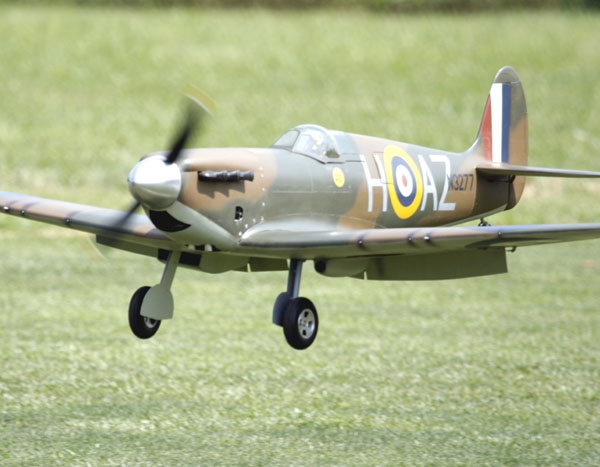

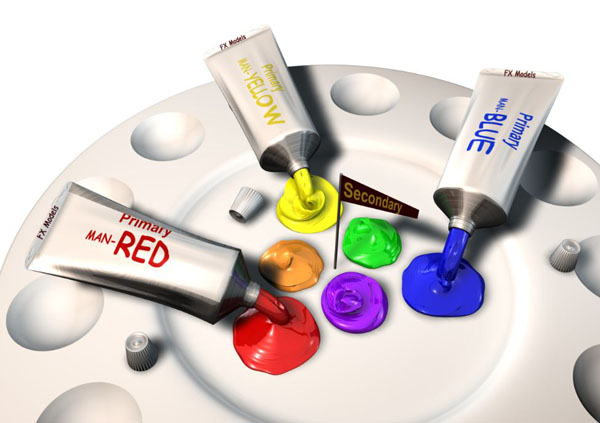


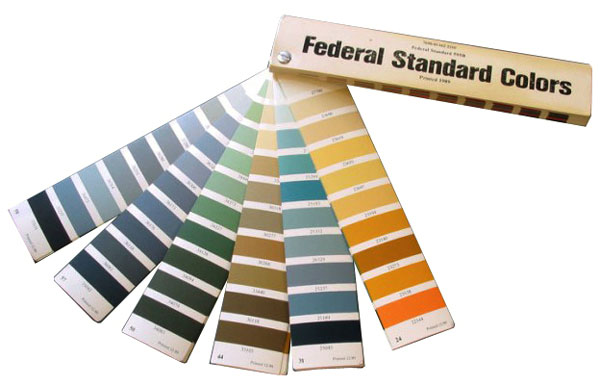


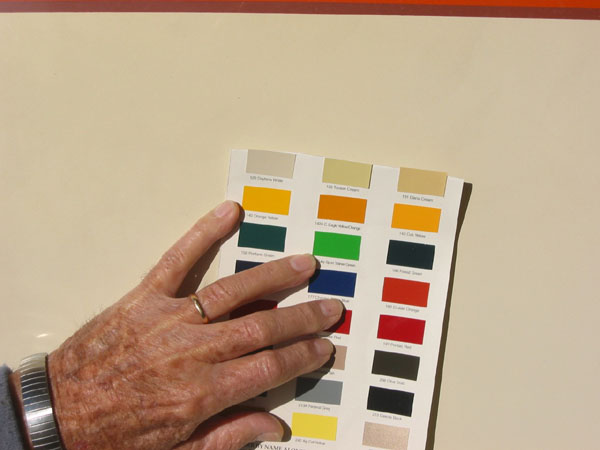
















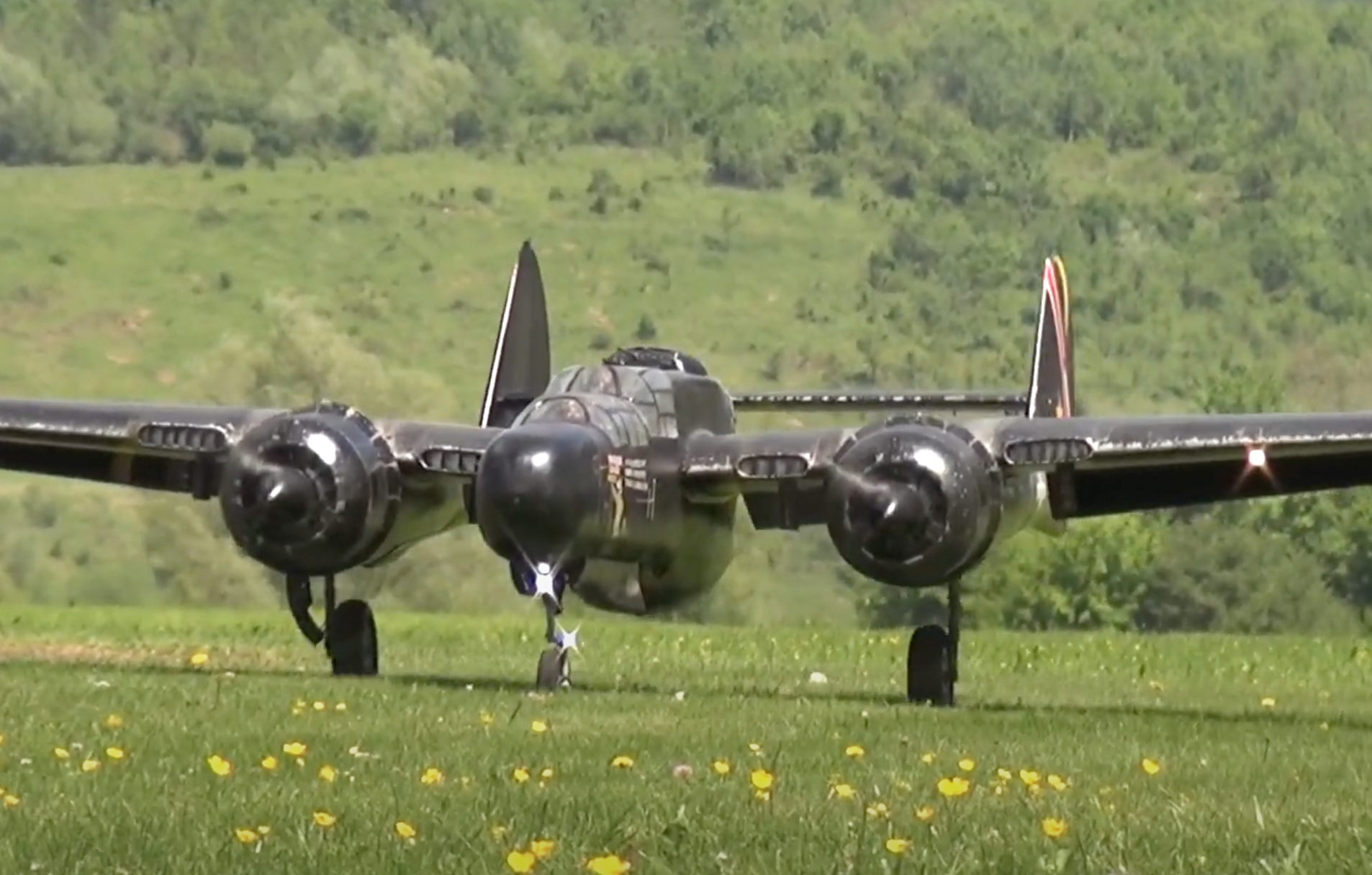



Great article, learned so much from it! We need a lot more of these, instead of reviews that read like the manufacturer wrote them for the MAN reviewer.